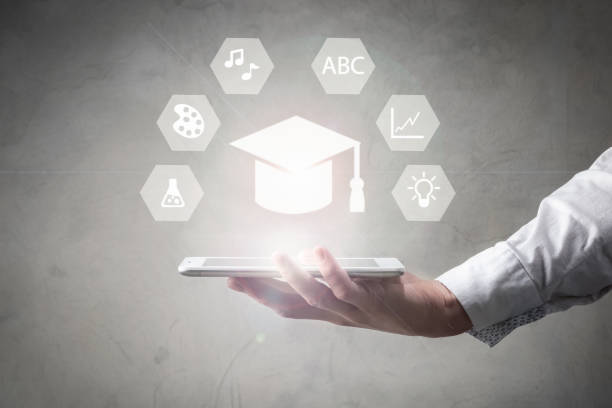
Athletic training has evolved far beyond just on-field drills. Streaming technology is becoming an integral tool in sports education, helping coaches, trainers, and athletes improve their performance by providing real-time feedback and broader access to resources. It’s not just professional teams benefiting—high schools, colleges, and community programs also see significant advantages.
Streaming services are now being used to review game footage, hold remote coaching sessions, and deliver online instruction. Moreover, sports broadcasting plays a key role in making these training programs accessible. By using platforms like Royal TV, trainers can analyze professional games, spot trends, and translate those insights into actionable tips for athletes at all levels.
The Role of Streaming in Sports Education
Sports education has always relied on feedback loops—coaches guiding athletes and athletes adapting their techniques. Streaming has amplified this by allowing trainers to record, replay, and break down every move. Gone are the days of reviewing grainy game tapes or waiting hours for analysis. With a few clicks, athletes can see their performance from multiple angles.
Coaches can:
- Provide instant feedback through live-streamed sessions.
- Utilize video replays to fine-tune techniques.
- Access global resources, learning from top coaches across the world.
This integration of streaming technology into training allows for greater flexibility and efficiency. Whether it’s improving a runner’s form or perfecting a basketball shot, athletes can now refine their skills faster than ever.
Expanding Access to Athletic Training
One of the most significant advantages of streaming technology in sports education is its accessibility. Athletes no longer need to travel for specialized coaching sessions or wait for in-person training camps. High-quality instruction can be streamed directly to their homes, allowing them to work on their skills conveniently.
This is especially beneficial for athletes in rural or underserved areas who may not have access to top-tier training facilities. Now, with just an internet connection and a screen, they can train with the same techniques as professionals. Coaches can also record and archive sessions, creating a library of content that athletes can reference at any time.
Enhancing Performance Through Analytics
Beyond real-time coaching, streaming technology provides another critical benefit: data. Many streaming platforms are now integrating analytics tools that allow coaches and athletes to track performance metrics. This includes everything from heart rates to speed to reaction times.
For example:
- Sprinting coaches can track an athlete’s stride length and foot placement through motion-capture video.
- Basketball trainers can analyze shot accuracy and shooting mechanics using frame-by-frame breakdowns.
- Swimmers can see underwater footage of their strokes, enabling them to identify inefficiencies in their technique.
With these analytics, athletes gain a clearer picture of where they need to improve and how they can optimize their performance. Streaming technology makes this information available instantly, so there’s no delay in making necessary adjustments.
Collaboration and Global Learning
Another impressive aspect of streaming technology in sports education is its ability to connect athletes and coaches worldwide. Previously, learning from a renowned coach in a different country required traveling or waiting for occasional coaching clinics. Now, athletes and teams can attend live-streamed training sessions or watch recorded seminars.
This global reach helps:
- Coaches share best practices and innovative strategies.
- Athletes learn from diverse perspectives.
- Training programs improve by incorporating techniques from different sports cultures.
Coaches can also collaborate with other trainers in real time, sharing footage and discussing improvements. This level of cooperation elevates sports education to new heights, fostering an environment of continuous learning and development.
READ ALSO: The Rise of Internet Technology in Education and Entertainment
The Future of Athletic Training
Streaming technology has already made a massive impact on sports education, but this is just the beginning. As advancements continue, we can expect even more immersive and interactive experiences for athletes and coaches. Virtual reality (VR) training environments, for instance, could soon become a staple in training programs, allowing athletes to practice in simulated game situations without ever stepping onto a field.
Additionally, machine learning and AI could further enhance analytics, providing more detailed insights into performance and suggesting personalized training plans based on an athlete’s unique strengths and weaknesses.
What remains clear is that streaming technology has changed the game. It’s no longer just about training harder; it’s about training smarter. And with the continuous evolution of these tools, athletes at every level have the potential to reach new heights.

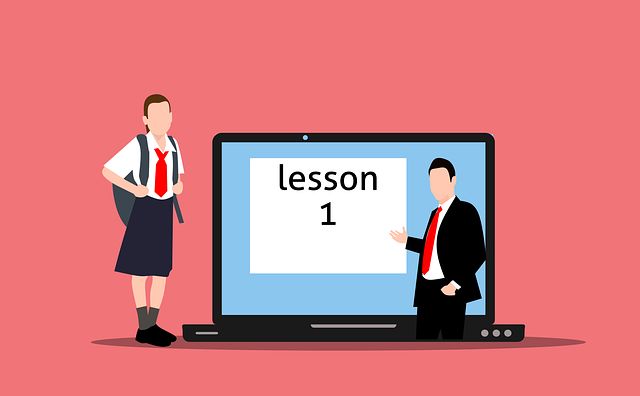

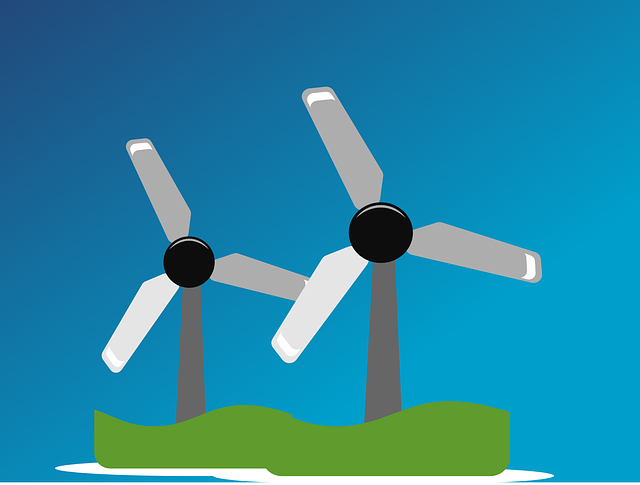
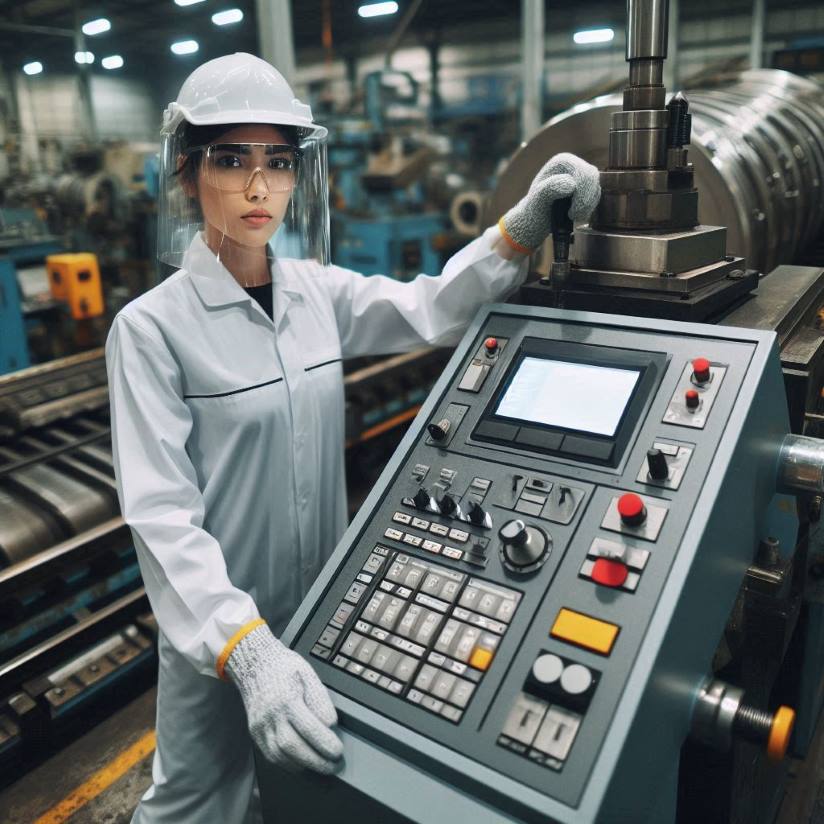
 Leather bags have long been a symbol of style and luxury. They offer durability, a classic look, and a timeless appeal particularly the bags from suvinocorp.com/en/suvino-showcase/.
Leather bags have long been a symbol of style and luxury. They offer durability, a classic look, and a timeless appeal particularly the bags from suvinocorp.com/en/suvino-showcase/. 


 Play is important for learning, but too much screen time might backfire. Young children learn through exploration, play, and exercise. Some worry that tablets will replace these vital tasks.
Play is important for learning, but too much screen time might backfire. Young children learn through exploration, play, and exercise. Some worry that tablets will replace these vital tasks. If you use these tips, you can make online classes for adults that are not only useful and informative, but also fun and interesting. Remember that people want to learn new things and get better at the things they already know. You can help them reach their goals by giving them a well-structured and dynamic learning experience.
If you use these tips, you can make online classes for adults that are not only useful and informative, but also fun and interesting. Remember that people want to learn new things and get better at the things they already know. You can help them reach their goals by giving them a well-structured and dynamic learning experience. he famous Gangnam Perfect Hyperblick (강남 퍼펙트 하이퍼블릭) runs true to form as an exemplary karaoke bar offering private rooms to revellers. Here, groups of up to 20 people can have fun singing along with a karaoke machine.
he famous Gangnam Perfect Hyperblick (강남 퍼펙트 하이퍼블릭) runs true to form as an exemplary karaoke bar offering private rooms to revellers. Here, groups of up to 20 people can have fun singing along with a karaoke machine. The Gangnam Perfect karaoke bar offers several rooms in varying sizes at different prices based on the number of people. The rooms are open following a two-part schedule: Part 1 runs from 18:00 to 01:00 and Part 2 from 01:00 – 15:00. The place closes temporarily and briefly from 15:00 to 18:00.
The Gangnam Perfect karaoke bar offers several rooms in varying sizes at different prices based on the number of people. The rooms are open following a two-part schedule: Part 1 runs from 18:00 to 01:00 and Part 2 from 01:00 – 15:00. The place closes temporarily and briefly from 15:00 to 18:00.






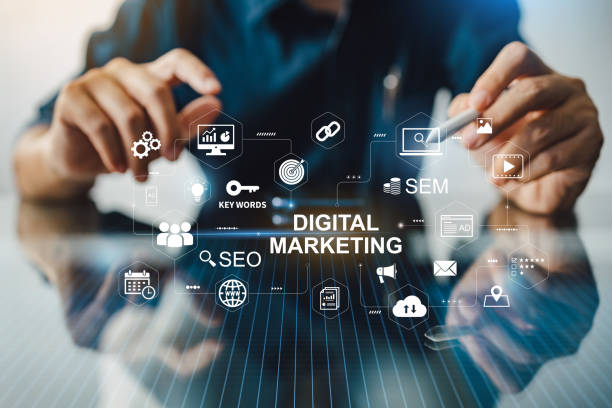


 Reservations for shuttle services providing transportation from copper mountain to denver airport will ensure safe and hassle-free travel from the ski resort to DIA. Booking a reservation for a private car service that will bring you to Denver International Airport for your return flight will save you the time you have to spend waiting in taxi or shuttle lines to get to the airport on the day of departure.
Reservations for shuttle services providing transportation from copper mountain to denver airport will ensure safe and hassle-free travel from the ski resort to DIA. Booking a reservation for a private car service that will bring you to Denver International Airport for your return flight will save you the time you have to spend waiting in taxi or shuttle lines to get to the airport on the day of departure. Located at a distance of around 75 miles from Denver, Copper Mountain is partitioned into three sections, namely the East, the West and the Center Villages.
Located at a distance of around 75 miles from Denver, Copper Mountain is partitioned into three sections, namely the East, the West and the Center Villages.


